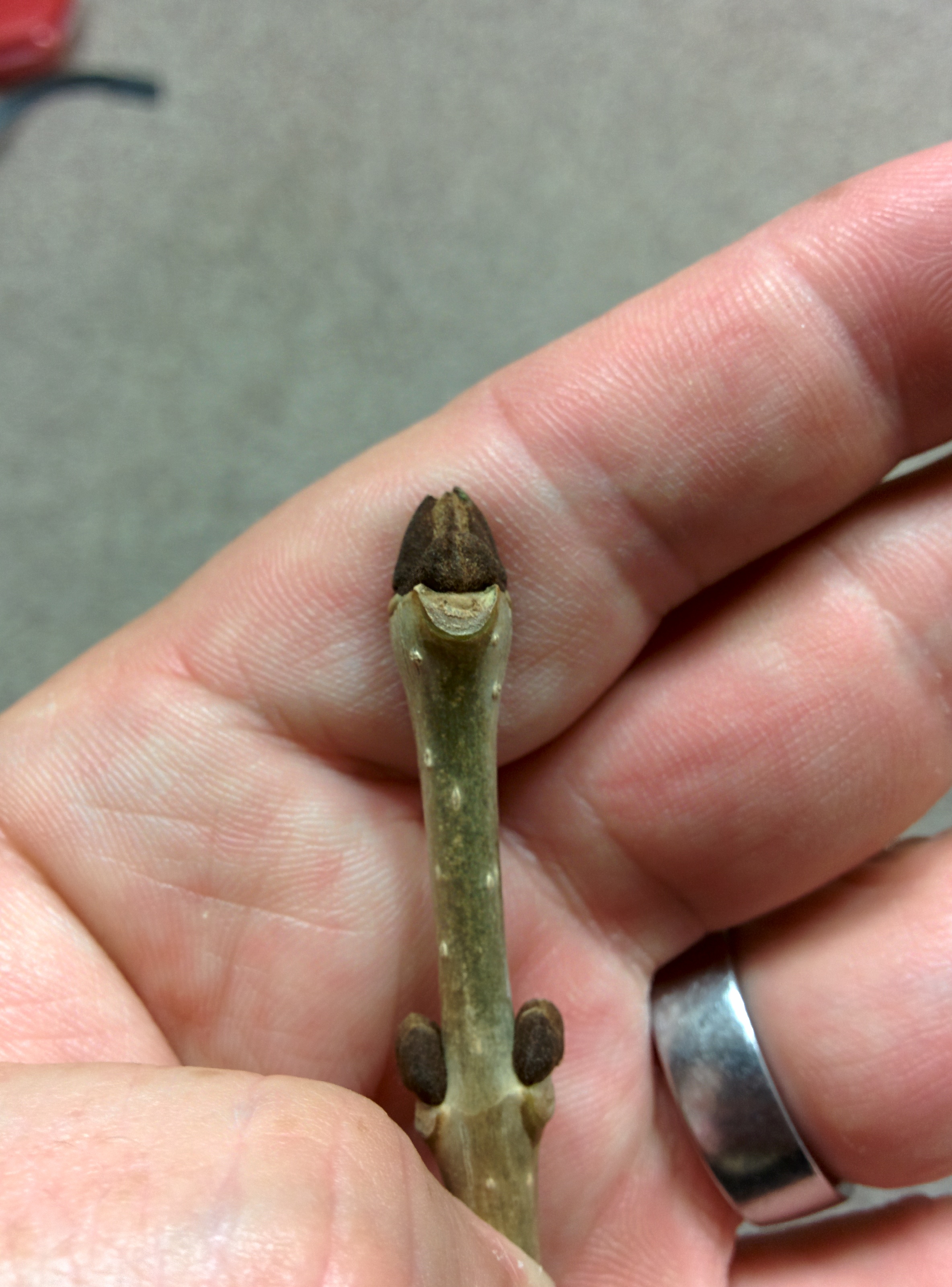Common Name: green ash
Scientific Name:
Family: Oleaceae
Genus: Fraxinus
Species: F. pennsylvanica
Hardiness Zone: 3 to 9
Height: 50 to 70 ft
Width: 35 to 50 ft
Common characteristics:
Green ash was once widely used in the urban landscape due to its tolerance to most adverse conditions. Once widely used as a replacement for the American elm after Dutch Elm Disease decimated the species, it now is facing the same fate. The green ash has now come under attack from the Emerald Ash Borer (EAB). It has a round-topped canopy with slender spreading branches. Its bark is brown with deep furrows and narrow interlacing ridges that have a diamond appearance. Leaves grow oppositely on the stem, leaves can be10" to 12" in length. They are pinnately compound with seven to nine stalked leaflets and have slight serration on their margin. The leaves are bright green or yellowish-green on both sides in the summer and then turn yellow in autumn. Seeds are flat, winged samara that will be 1" to 2" long. This winged portion extends well down past the middle or seed-bearing part which is slightly notched at the outer end and the wing has a somewhat square appearance.
Where it grows:
Easily grown in moist, well-drained soils in full sun. Prefers consistently moist, humusy loams. Once established trees demonstrate adaptability to a wide range of soils and growing conditions. Female trees produce abundant seed crops in some years, and may freely self-seed.
How it’s used:
Once abundantly used in the urban landscape as a boulevard and shade tree. This tree is now not recommended to plant.
Ecosystem services:
Used by migrant and songbirds, as well as small mammals.
Where it is native to:
Green ash is a transcontinental species, rating from Nova Scotia to Alberta and south to Florida and Texas.
Problems:
It is not recommended to plant any green ash.
Emerald ash borer is native to Asia and was first discovered in the U.S. in 2002. It has now spread in the northeast and upper Midwest and is expected to continue spreading. EAB will typically kill an ash tree within 3-5 years after infestation. Once infestation occurs, it is very difficult to eradicate this pest which feeds under the bark and bores into wood. Vibrant trees specimens can be treated with an insecticide injection if the infestation is caught early. EAB now constitutes a serious threat to all species of ash in North America.
Besides EAB, green ash trees are generally susceptible to a number of additional insect problems including lilac borer, carpenter worm, oyster shell scale, leaf miners, fall webworms, ash sawflies and ash leaf curl aphid. They also are susceptible to disease problems such as fungal leaf spots, powdery mildew, rust, anthracnose, cankers and ash yellows. Brittle branches are susceptible to damage from high winds and snow/ice.
References:
Minnesota Department of Natural Resources
